 A lot has happened in the stock market since Liberation Day, keeping us on our toes. Volatility has declined significantly, stocks have bounced back from their April 7 low, and the economy has remained resilient.
A lot has happened in the stock market since Liberation Day, keeping us on our toes. Volatility has declined significantly, stocks have bounced back from their April 7 low, and the economy has remained resilient.
If you’re still feeling uncertain, though, you’re not alone. The stock market’s in a bit of a “wait and see” mode, going through a period of consolidation as it figures out its next move.
The S&P 500 ($SPX) is hesitating to hit 6000 despite reclaiming its 200-day simple moving average (SMA). This indecision can leave investors feeling stuck in “no man’s land.” And it’s not just the S&P 500, either; most major indexes are in a similar scenario, except for small caps, which have been left behind. This could be because the market has priced in a delay in interest rate cut expectations.
Tech Is Taking the Lead
If you drill down into the major indexes, there is some action you shouldn’t ignore. Tech stocks have started to take the lead again, although momentum has been lacking. Over the past month, the Technology sector has been up over 4%.
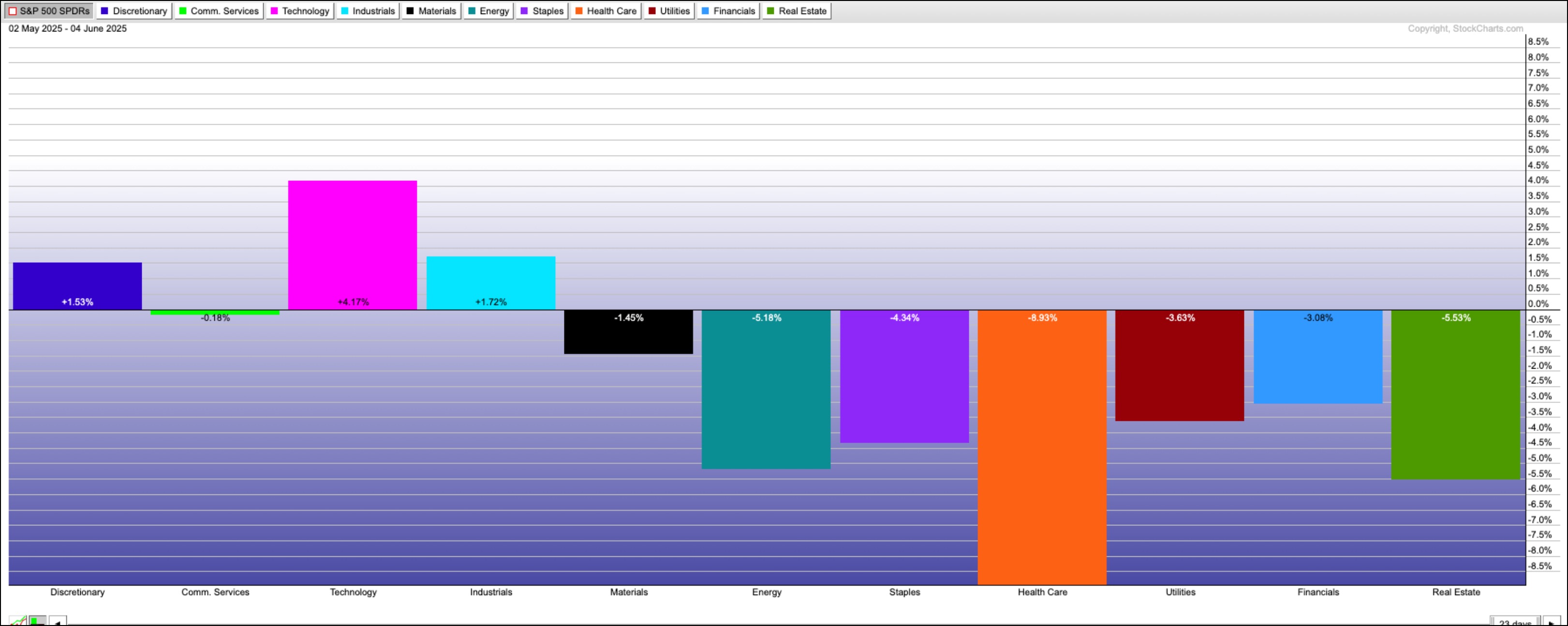
FIGURE 1. S&P SECTOR ETF PERFORMANCE OVER THE LAST 30 DAYS. Technology is the clear leader with a gain of over 4%.Image source: StockCharts.com. For educational purposes. It’s encouraging to see tech stocks regain their leadership position. Tech is a major force behind the S&P 500 and Nasdaq Composite ($COMPQ). The daily chart of the Technology Select Sector SPDR Fund (XLK) shows the ETF has been trying to break above a consolidation range it has been stuck in since mid-May.

FIGURE 2. DAILY CHART OF XLK. Although the ETF has barely broken above its consolidation range, we need to see greater momentum to confirm a follow through to the upside.Chart source: StockCharts.com. For educational purposes.Nothing is standing in the way of XLK reaching its all-time high, but the momentum isn’t quite there yet. The 14-period relative strength index (RSI) is below 70 and looks to be stalling, pretty much in line with the overall stock market’s price action.
So, what’s the market waiting for? Maybe a catalyst, like Friday’s non-farm payrolls report. This week’s JOLTS, ADP, and ISM Services data didn’t move the needle much, but the NFP report could be the game changer.
S&P 500 Technical Forecast
Where could the S&P 500 go from here? Let’s dive into the weekly chart.
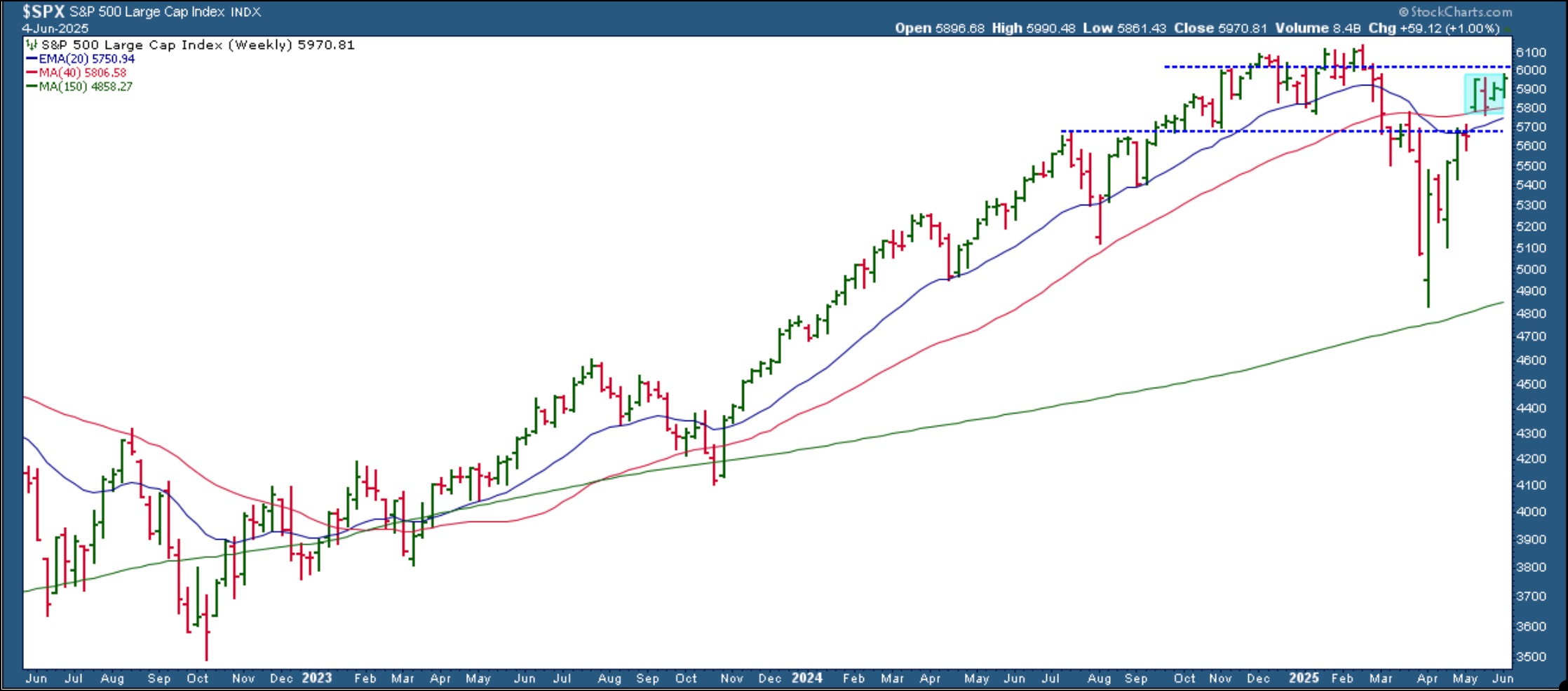
FIGURE 3. WEEKLY CHART OF THE S&P 500. The index is spitting distance to its all-time high. A break above the November high would clear the path to new highs.Chart source: StockCharts.com. For educational purposes.
The S&P 500 broke above its 40-week SMA on the week of May 12 and has held above it. However, it has been in a consolidation for the last month, similar to that of XLK.
The S&P 500 is approaching its November high of 6017. A break above it could push it toward new highs. On the flip side, if it slides below the 40-week SMA, it would be a cause for concern and could mean the May 12 gap-up could get filled. Keep an eye on the 5688 level. If the S&P 500 pulls back close to that level and turns around, it would be a healthy correction — an opportunity to buy the dip. A further downside move would mean exercising patience or unloading some of your positions.
What’s Going On With Gold and Bonds?
While stocks are grinding sideways, gold prices are rising, and bond prices are showing green shoots. This price action tells us that investors could be bracing for slower growth ahead. It’s not something to panic about — just something to watch.
You can get a quick look at what gold, bonds, and all the major indexes are doing by checking out the StockCharts Market Summary page and Your Dashboard.
So, what should you do?
Hold, add, or fold? That’s the big question. The market needs time to digest a lot, from economic data to geopolitical risks and policy headlines. Keep checking in and monitor the sectors, observe index performance, and note how other areas of the market, such as precious metals and bonds, are reacting.

Disclaimer: This blog is for educational purposes only and should not be construed as financial advice. The ideas and strategies should never be used without first assessing your own personal and financial situation, or without consulting a financial professional.



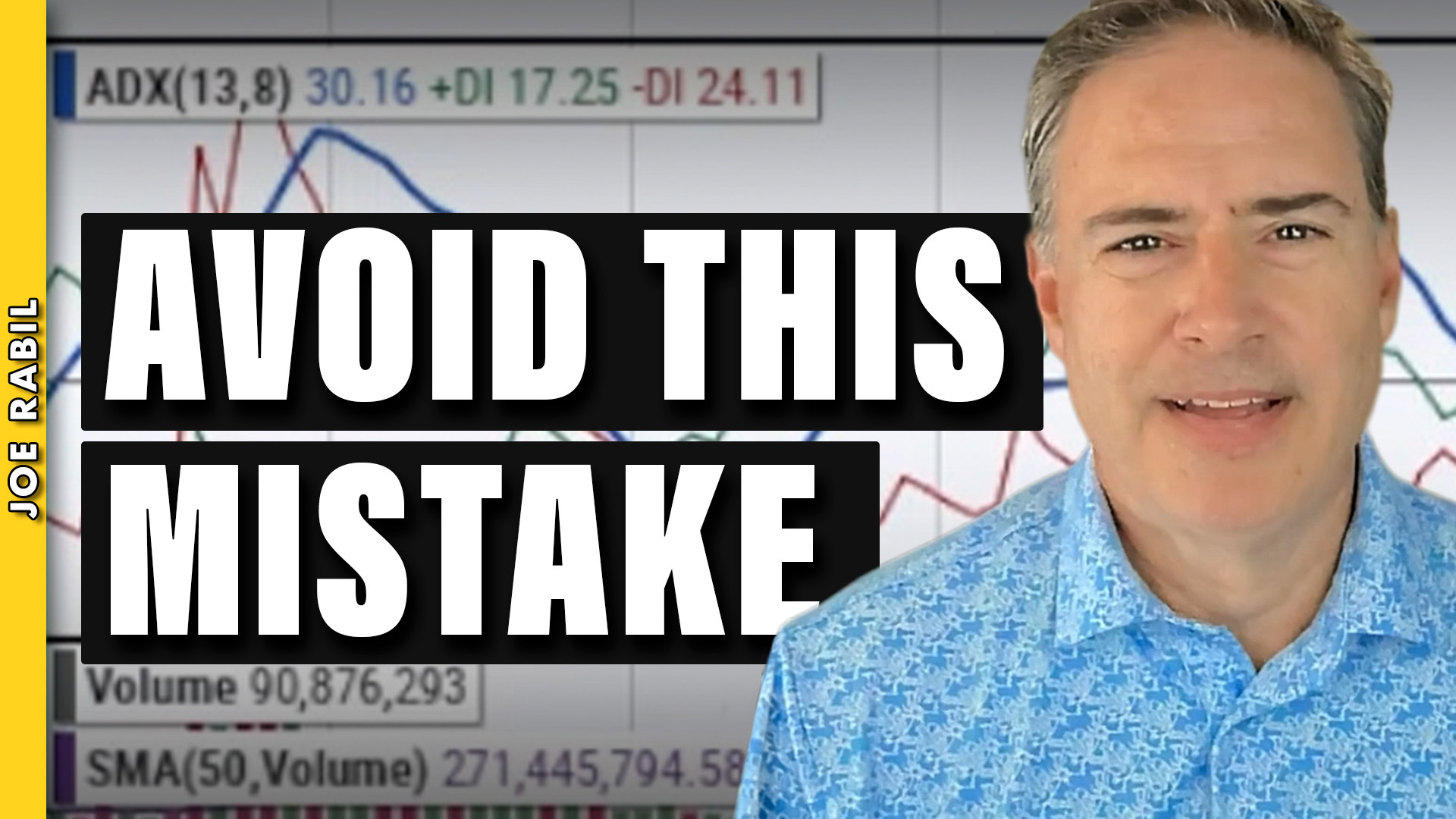 In this video, Joe walks through a comprehensive lesson on using the ADX (Average Directional Index) as part of a technical analysis strategy. Joe explains the key components of the ADX indicator, how to interpret DI+ and DI- lines, and how to identify strong or weak trends in the market. He also covers how to combine ADX with price action and volatility to improve timing and trading decisions.
In this video, Joe walks through a comprehensive lesson on using the ADX (Average Directional Index) as part of a technical analysis strategy. Joe explains the key components of the ADX indicator, how to interpret DI+ and DI- lines, and how to identify strong or weak trends in the market. He also covers how to combine ADX with price action and volatility to improve timing and trading decisions.
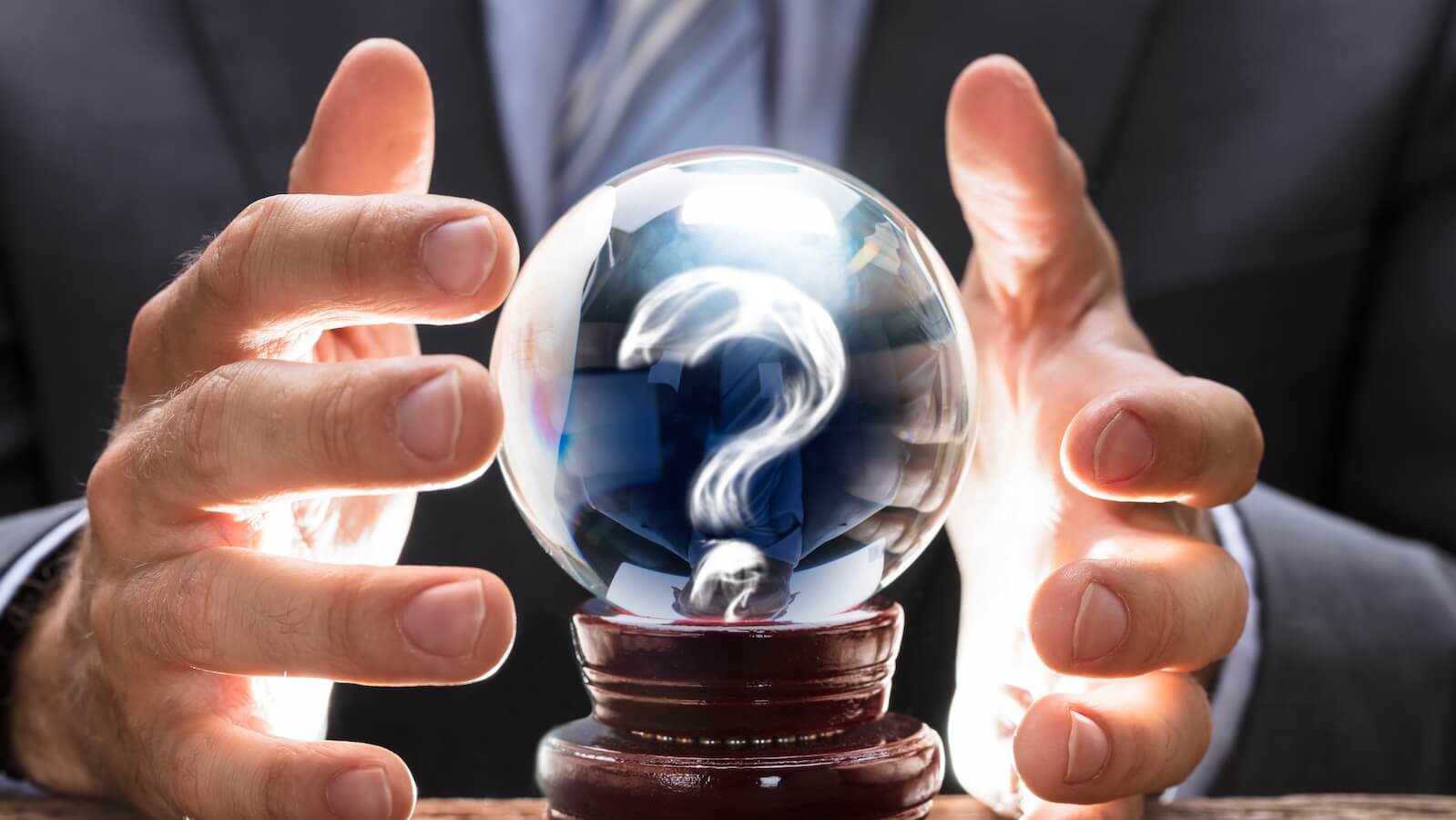 Despite the uncertainty prevailing in the markets, the Nasdaq 100 Index ($NDX) has proven resilient, perhaps more so than its peer benchmarks. The 90-day trade truce between the U.S. and China, initiated in May, boosted investor confidence. Yet that’s now at risk amid mutual accusations of violations.
Despite the uncertainty prevailing in the markets, the Nasdaq 100 Index ($NDX) has proven resilient, perhaps more so than its peer benchmarks. The 90-day trade truce between the U.S. and China, initiated in May, boosted investor confidence. Yet that’s now at risk amid mutual accusations of violations.


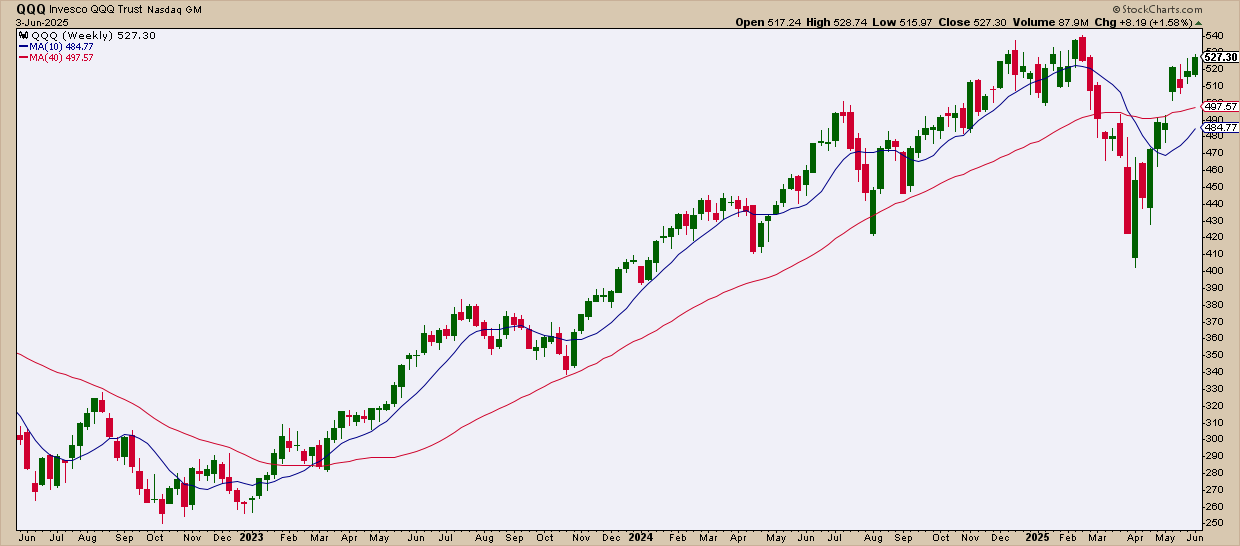
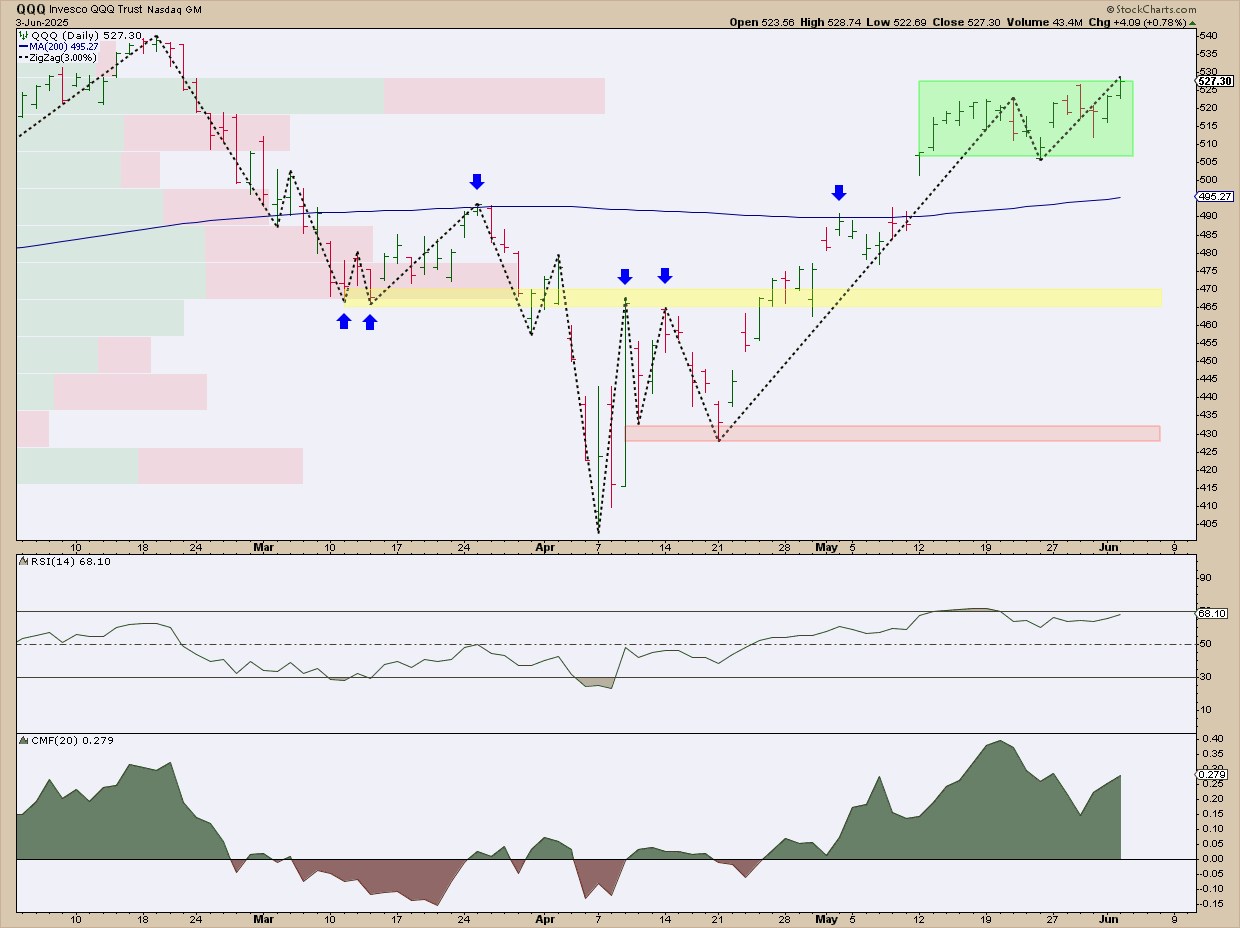


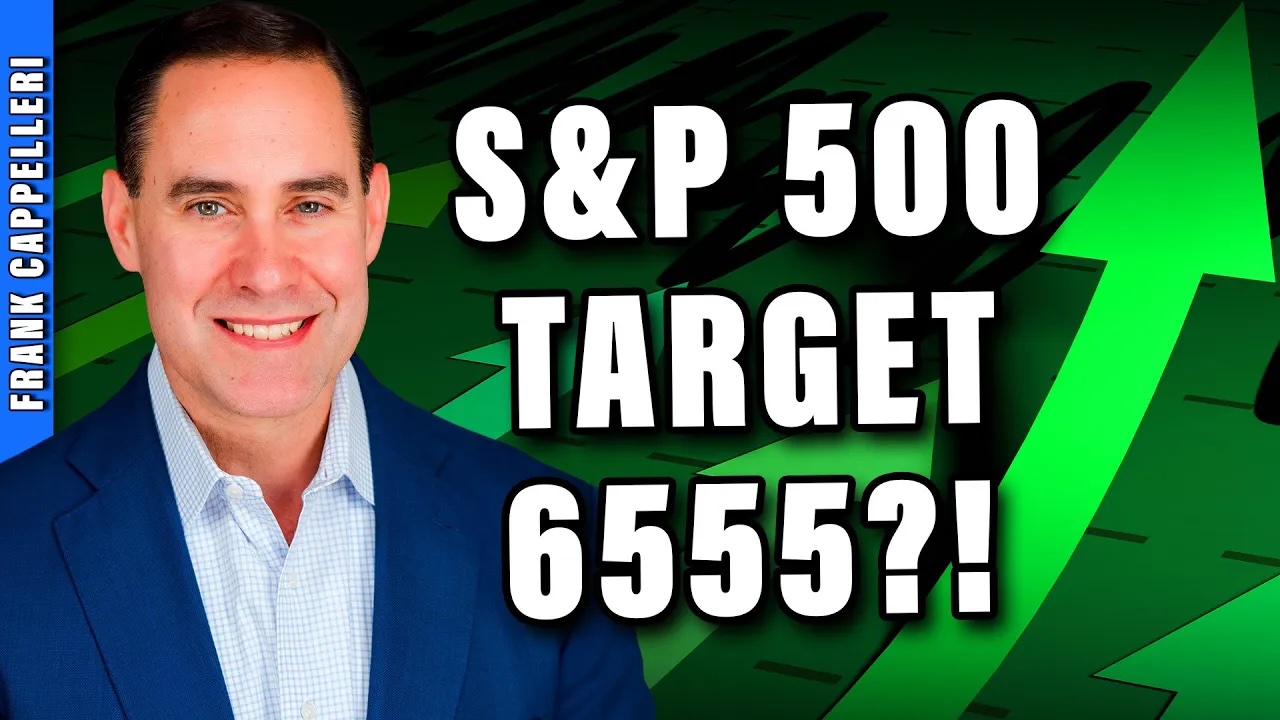 In this market update, Frank breaks down recent developments across the S&P 500, crypto markets, commodities, and international ETFs. He analyzes bullish and bearish chart patterns, identifies key RSI signals, and demonstrates how “Go No Go Charts” can support your technical analysis. You’ll also hear updates on Ethereum, Bitcoin, the Spain ETF, silver miners, USO (oil), and sector ETFs like XLP and XLV.
In this market update, Frank breaks down recent developments across the S&P 500, crypto markets, commodities, and international ETFs. He analyzes bullish and bearish chart patterns, identifies key RSI signals, and demonstrates how “Go No Go Charts” can support your technical analysis. You’ll also hear updates on Ethereum, Bitcoin, the Spain ETF, silver miners, USO (oil), and sector ETFs like XLP and XLV.
 In this video, Dave shares his weekly stock scan strategy used to identify bullish stock trends. He illustrates how to set up this powerful scan, reveals the tips and tricks he uses to identify the most constructive patterns, and explains the four winning chart setups that tend to come up week after week.
In this video, Dave shares his weekly stock scan strategy used to identify bullish stock trends. He illustrates how to set up this powerful scan, reveals the tips and tricks he uses to identify the most constructive patterns, and explains the four winning chart setups that tend to come up week after week.



 Earnings season may be winding down, but a few standout names could still make headlines this week. If you’re looking for potential moves, keep an eye on these three stocks — Dollar Tree, Inc. (DLTR), CrowdStrike Holdings, Inc. (CRWD), and Broadcom, Inc. (AVGO).
Earnings season may be winding down, but a few standout names could still make headlines this week. If you’re looking for potential moves, keep an eye on these three stocks — Dollar Tree, Inc. (DLTR), CrowdStrike Holdings, Inc. (CRWD), and Broadcom, Inc. (AVGO).




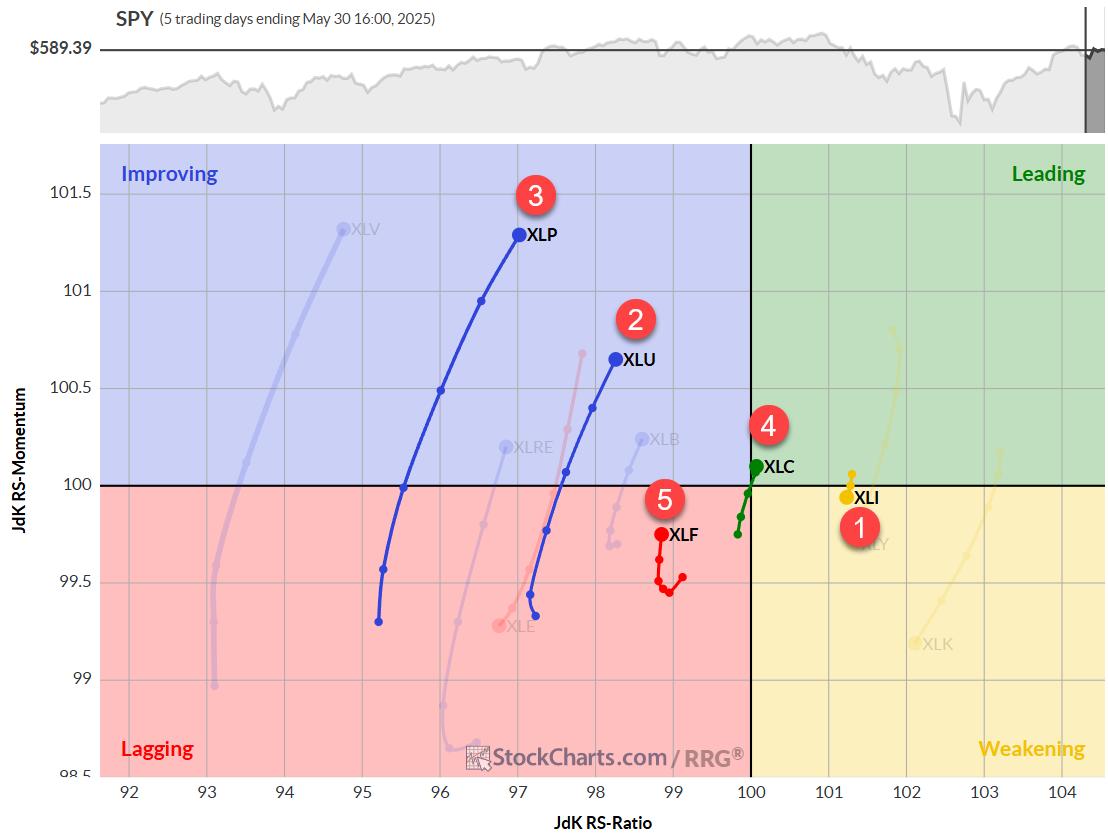
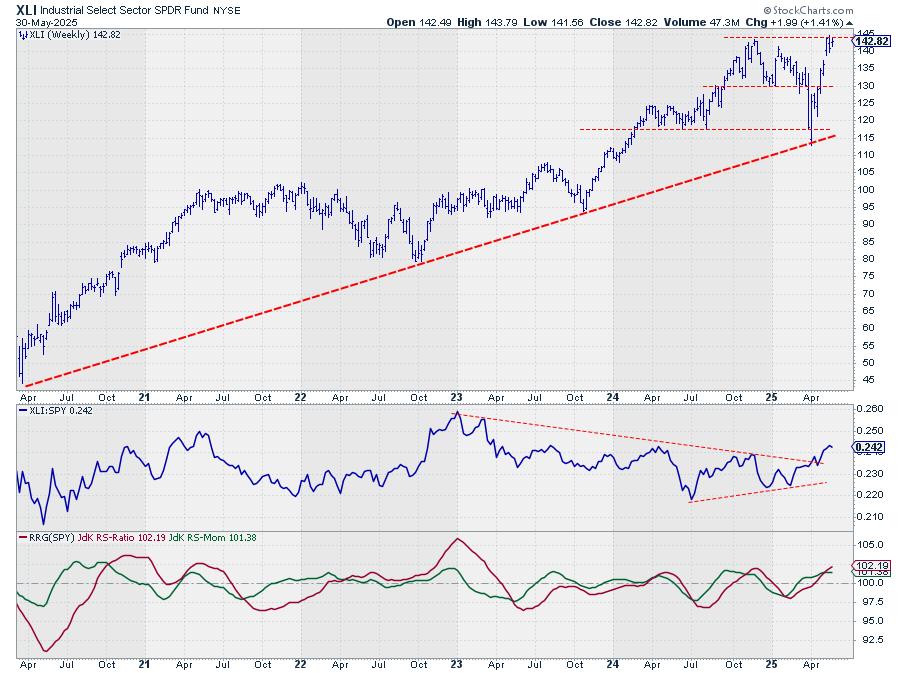
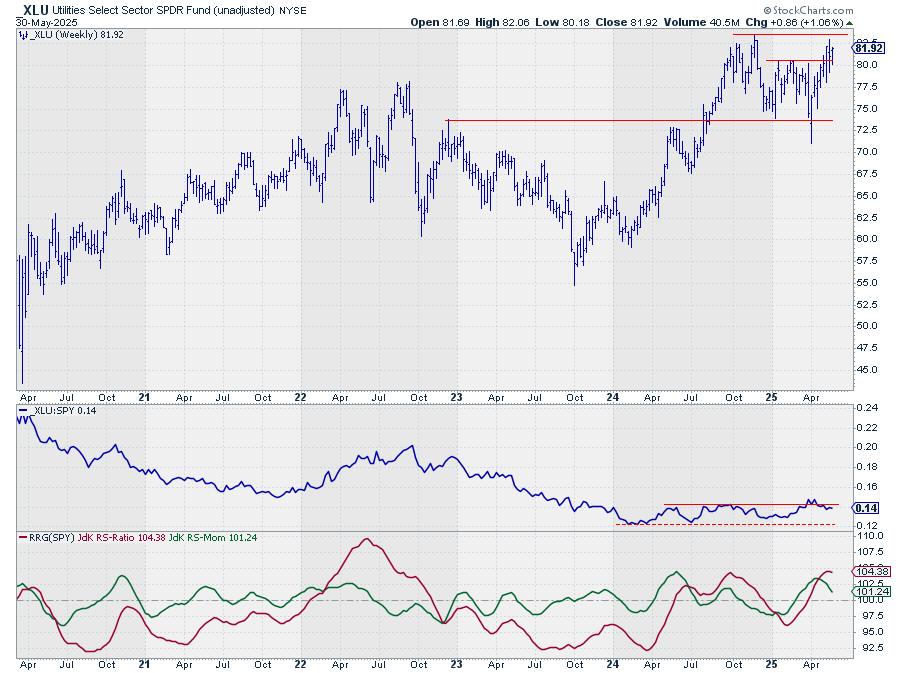
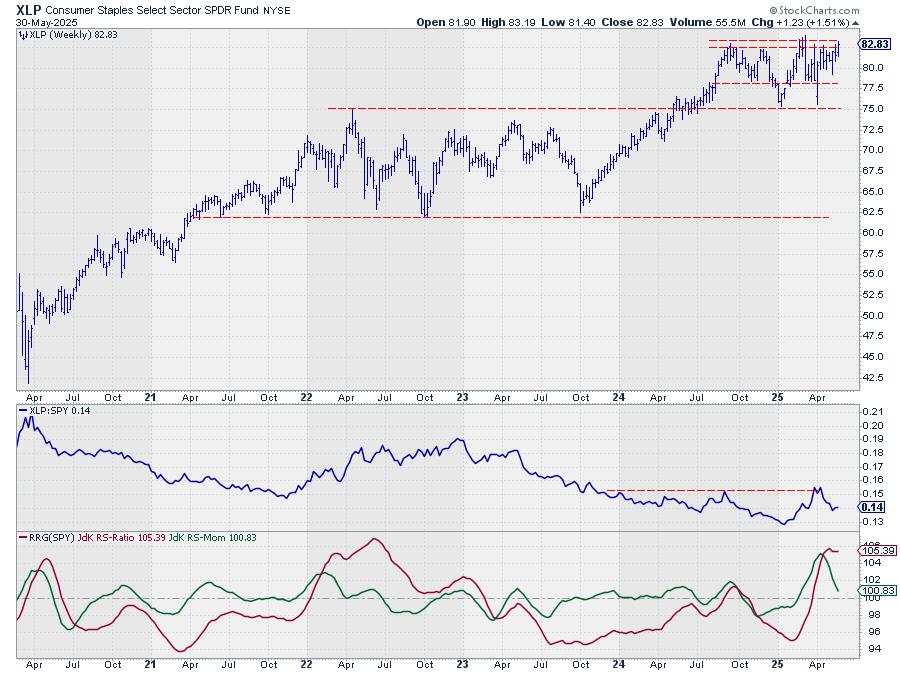
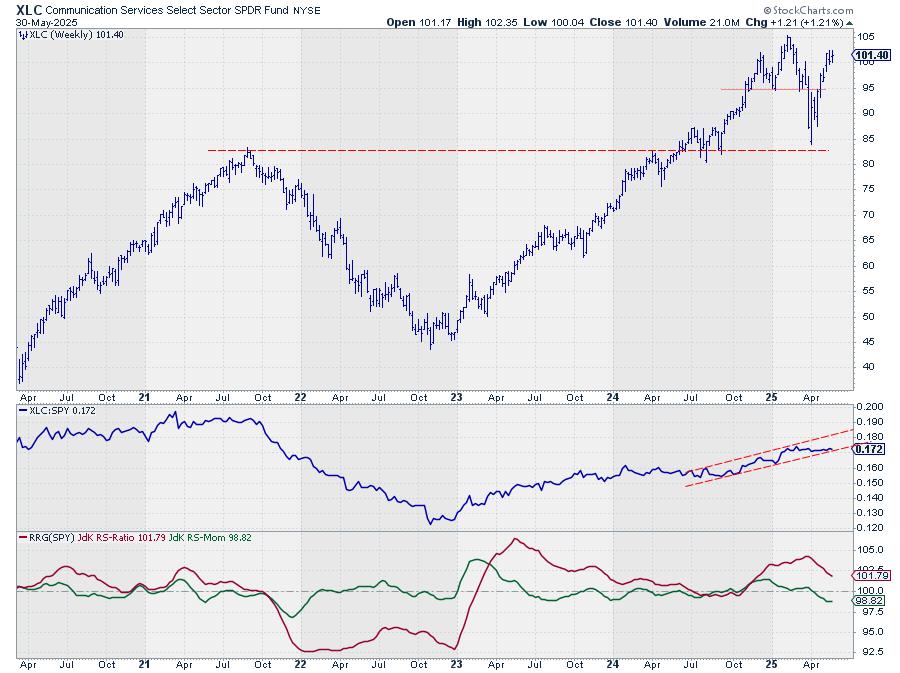
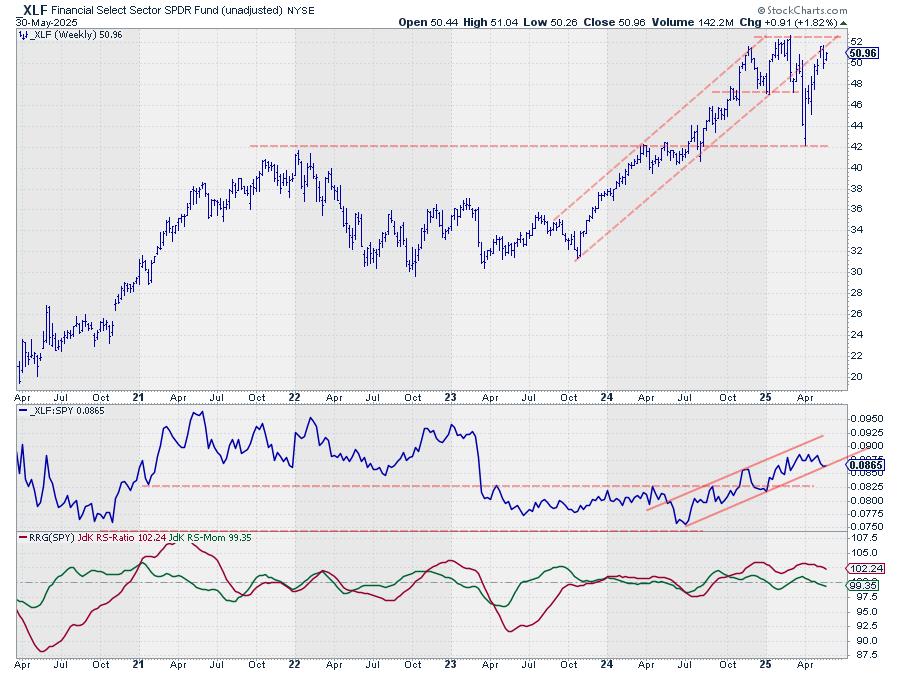
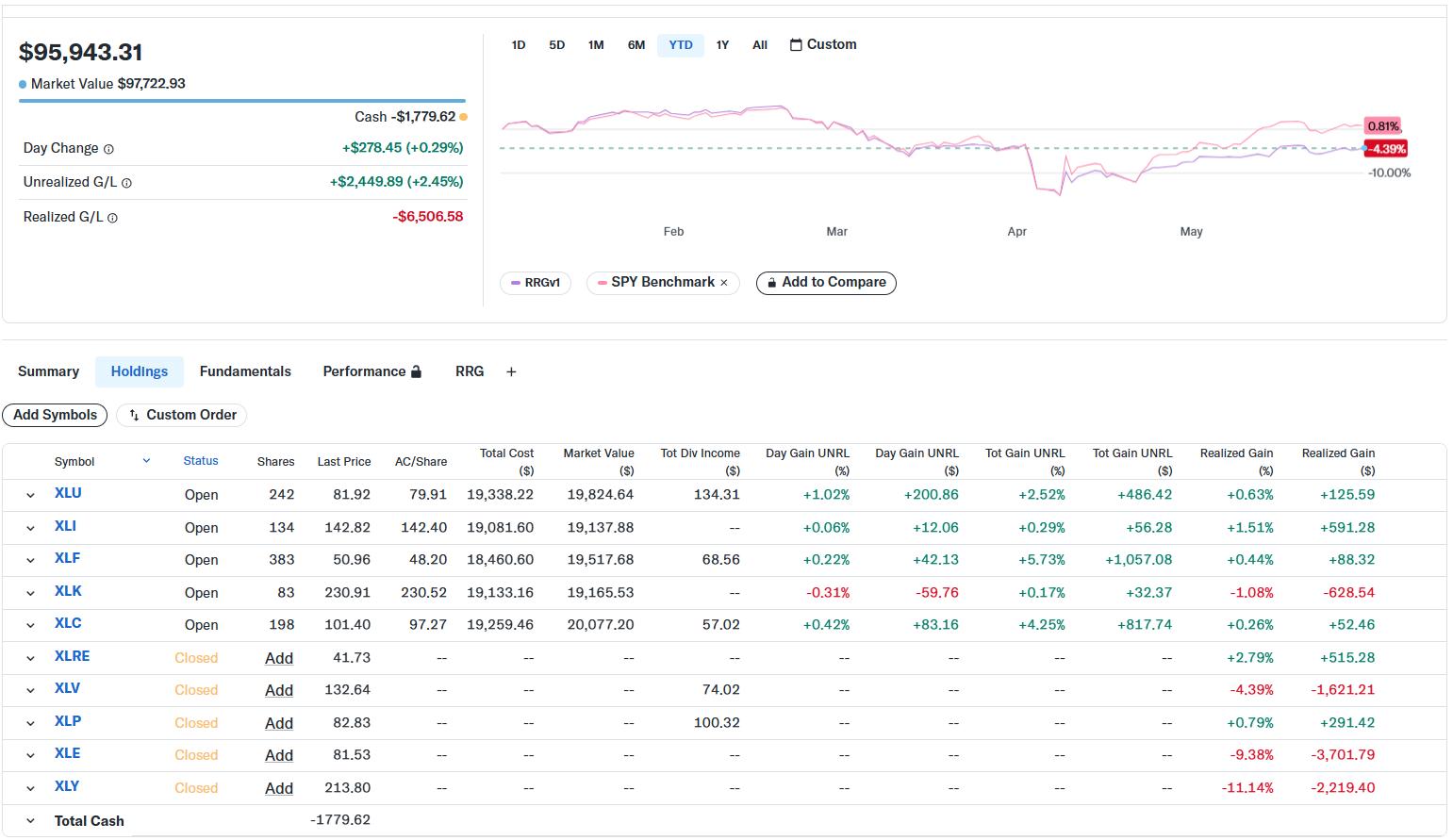

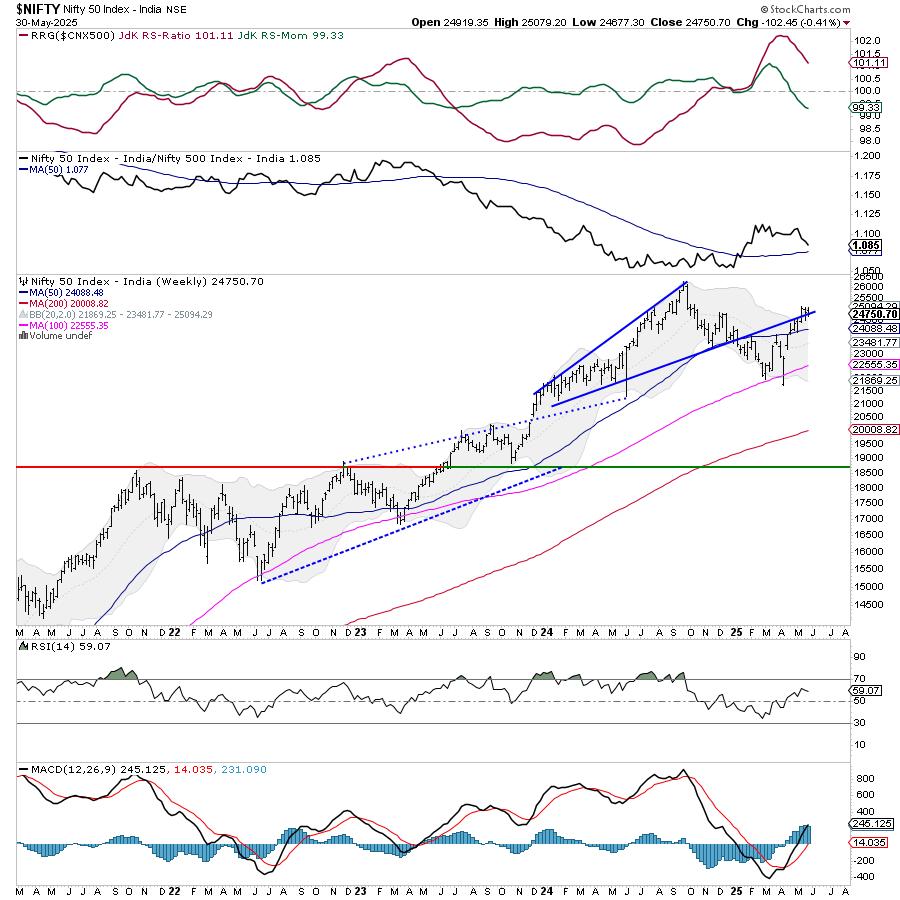
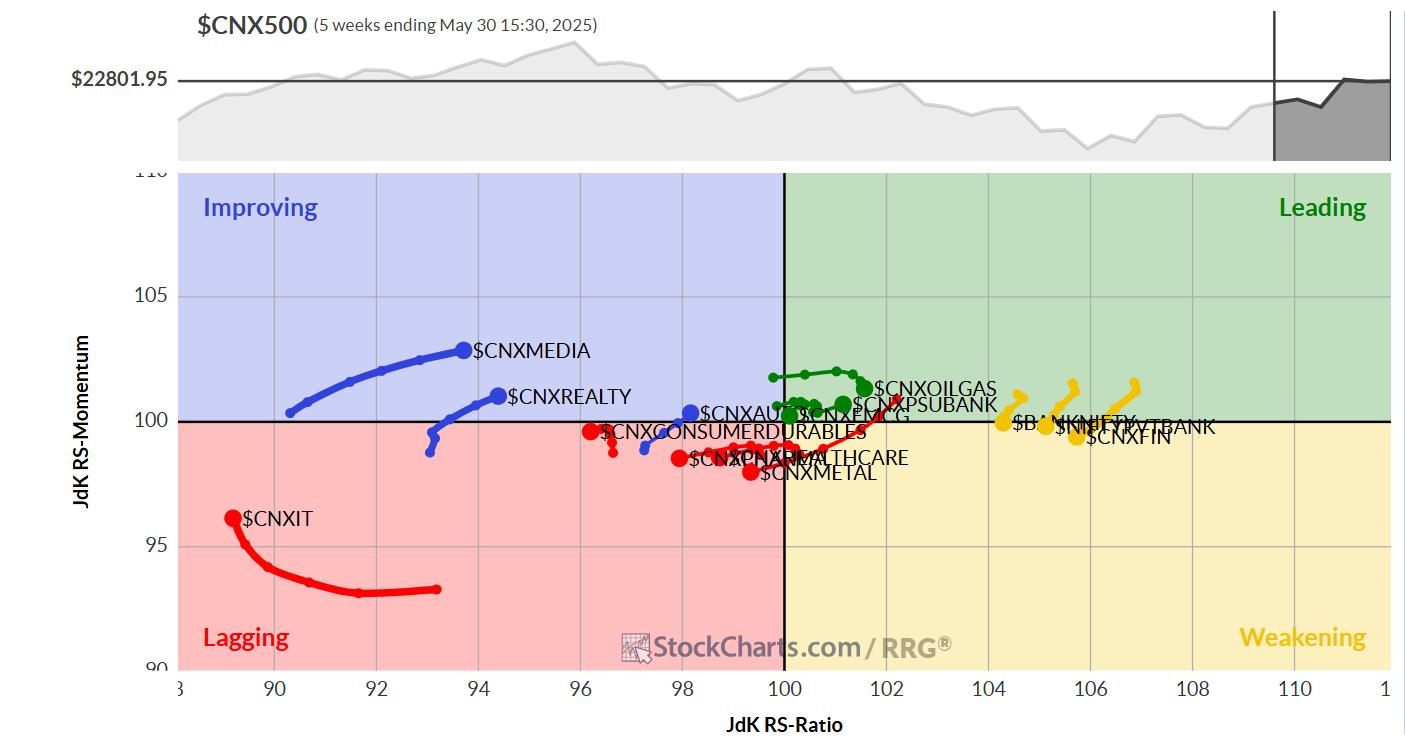

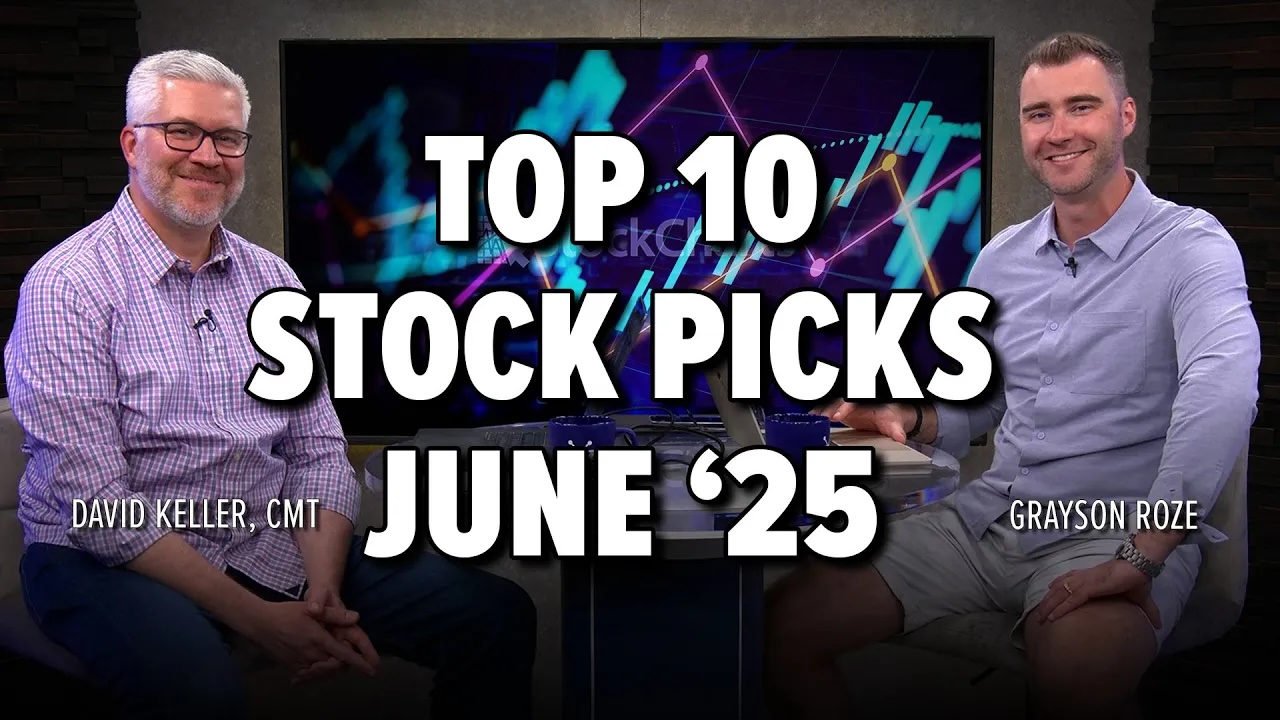 Discover the top 10 stock charts to watch this month with Grayson Roze and David Keller, CMT. From breakout strategies to moving average setups, the duo walk through technical analysis techniques using relative strength, momentum, and trend-following indicators.
Discover the top 10 stock charts to watch this month with Grayson Roze and David Keller, CMT. From breakout strategies to moving average setups, the duo walk through technical analysis techniques using relative strength, momentum, and trend-following indicators.